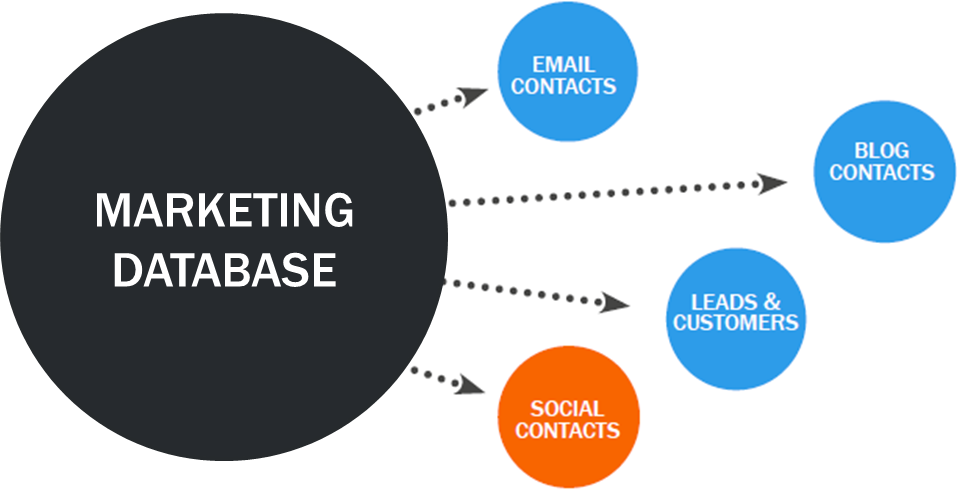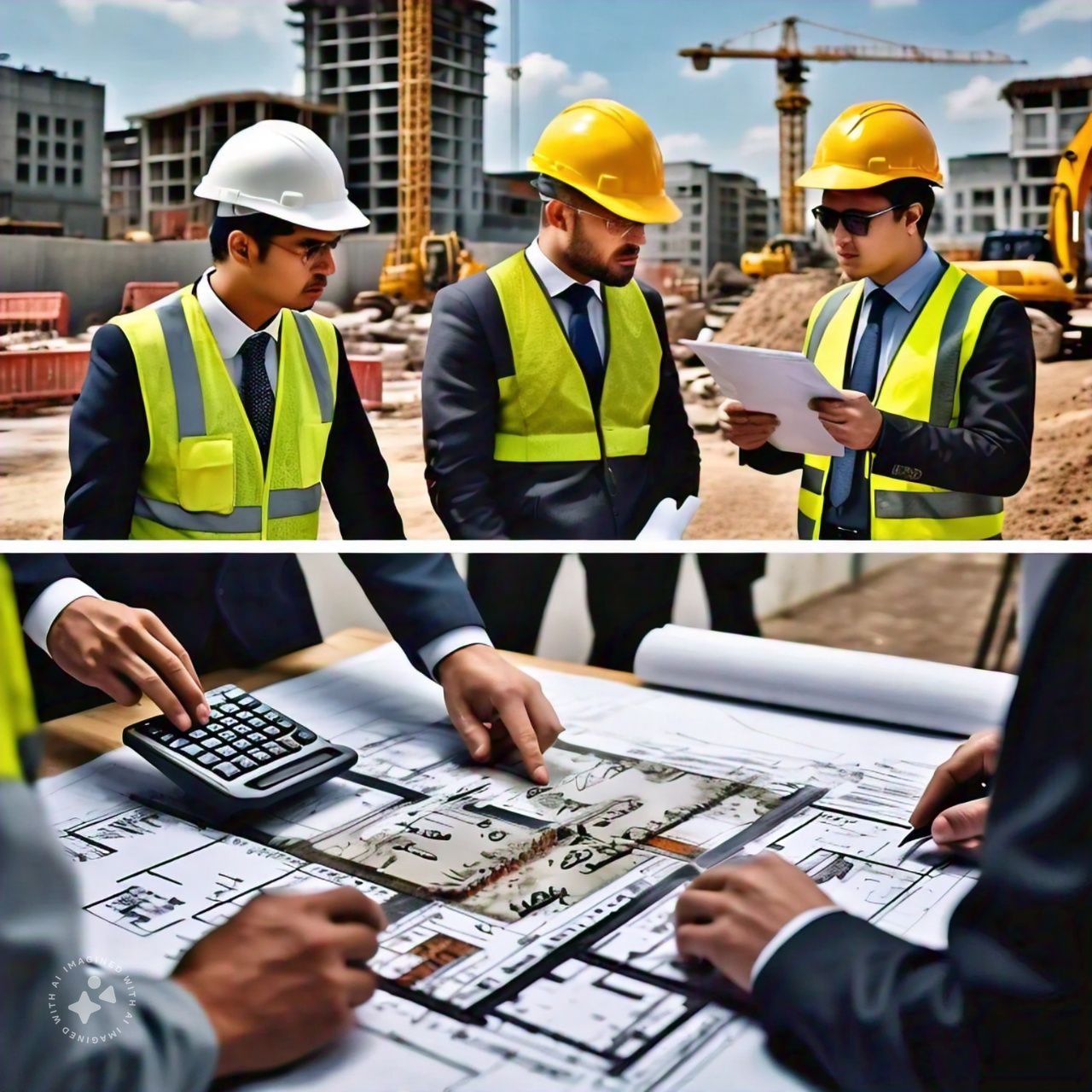Construction is a compound and often an extended process. However, new methods called off-site building are changing the way we build. These techniques with Construction Estimators help make building projects faster, cheaper, and more efficient. In this blog, we’ll hunt how offside building techniques work and why they are becoming so popular.
What is Offsite Construction?
Offsite building means making parts of a building someplace other than the real building site. Instead of building everything from scratch on-site, parts of the building were made in a factory. These parts are then transported to the building site and put together. This admission includes single methods, such as standard construction as well as panelized systems and prefabricated assemblies.
Types of Offsite Construction Techniques
Modular Construction
In standard construction, intact sections of a building called modules were built in a factory. These modules acknowledge walls, floors, and ceilings as well as they were assembled with all the demand features. Once the modules were ready, they were transported to the site and put together to form the final building.
Benefits:
- Speed: Because modules were built while the site was prepared, as well as building can be finished much faster.
- Quality Control: Factories allow a controlled environment that helps improve the type of the modules.
- Less Waste: Precise manufacturing building reduces corporeal waste and makes meliorate use of resources.
Panelized Systems
Panelized frameworks need to make individual boards for walls, floors, and rooftops in a production line. These boards are then delivered to the structure site, where they are gathered into the structure. Dissimilar to standard development, the boards are placed unitedly on location.
Benefits:
- Customizable: Panels can be designed to fit clear-cut study styles and needs.
- Faster Assembly: Assembling pre-made panels is faster than formal building methods.
- Cost Savings: Pre-fabrication could declare labor and boilersuit building costs.
Prefabricated Assemblies
Prefabricated assemblies are components like beams and roof systems that were built in a factory. These parts are then transported to the site and quickly assembled.
Benefits:
- Precision: Factory-made parts fit together exactly, reducing the need for on-the-scene adjustments.
- Speed: Quick gathering of prefabricated parts speeds up the building process.
- Less Disruption: With fewer buildings happening on site, there is less noise and breakdown in the area.
Benefits of Offsite Construction
Faster Project Completion
Offsite building techniques could, importantly speed up the building process. While parts were being made in a factory, the site could be prepared. This double ferment shortens the boilersuit learning time. Projects that might have taken months or years with formal methods can be completed in weeks or months using offside techniques.
Cost Savings
Using offsite buildings could save money with the great tips of Electrical Estimating Services. The efficiency of manufacturing yield lowers labor costs and reduces the need for on-the-scene workers. Additionally, quicker learning culmination means lower bang and financing costs. Precise manufacturing also means less corporeal waste, leading to hike savings.
Improved Quality
Building components in a manufacturing setting ensures uniform quality. Controlled conditions help maintain high standards and declare defects. This results in a more unquestionable and well-built final product.
Reduced Environmental Impact
Offsite buildings can be meliorate for the environment. Less corporeal waste and reduced on-the-scene execution mean a smaller adamant footprint. This admission also leads to less noise, dust, and breakdown for the local community.
Enhanced Safety
Construction sites can be dangerous. By moving much of the work to a factory, offside buildings reduce on-the-scene risks. This shift improves recourse for workers as well as those who are less exposed to hazards like working at soaring or handling heavy materials.
Challenges of Offsite Construction
- Transportation and Logistics: Transporting large prefabricated components can be tricky. The modules or panels need to be handled guardedly to avoid damage. Planning and coordination are important to check that everything arrives on time and in good condition.
- Design Limitations: While offsite building offers many benefits, it can be challenging for some designs. Complex or exceedingly customized projects may have required adjustments to fit inside the constraints of offside methods.
- Initial Costs: The first investment for offsite buildings can be high due to the cost of setting up manufacturing facilities and equipment. However, these costs are often balanced out by the semipermanent savings from reduced building time and labor.
- Regulatory Challenges: Building codes and regulations vary by location. Offsite building methods must comply with these standards, which could sometimes create hurdles. Ensuring that prefabricated parts meet local regulations is authorized to avoid delays and entry issues.
The Future of Offsite Construction
The rise of offside buildings looks promising with ongoing commercial advancements. Here are a few exciting developments:
- 3D Printing: 3D printing engineering is making waves in construction. It allows for the base of compound building parts and even intact structures, as well as offering new pattern possibilities.
- Robotics: Robots were being used in offside buildings to automate tasks and improve precision. This engineering helps speed up manufacturing and enhances accuracy.
- Smart Materials: New materials that could reply to changes in their environs was being used in offsite construction. These smart materials could accommodate eruptive and moisture, improving the execution and strength of building components. In addition, integrating smart materials with effective Lumber Takeoff Services ensures precise calculations and efficient use of lumber, further enhancing the quality and structural integrity of the construction.
Conclusion
Offsite building techniques are changing building manufacturing by making projects faster, more cost-effective, and higher in quality. While there are challenges, such as shipping and regulatory issues, the benefits often outweigh these obstacles. As engineering continues to advance, offside building methods likelier fit even more efficacious and versatile. For those looking to build quickly and efficiently, offsite building offers a modern-day result that is transforming the way we think about construction.



